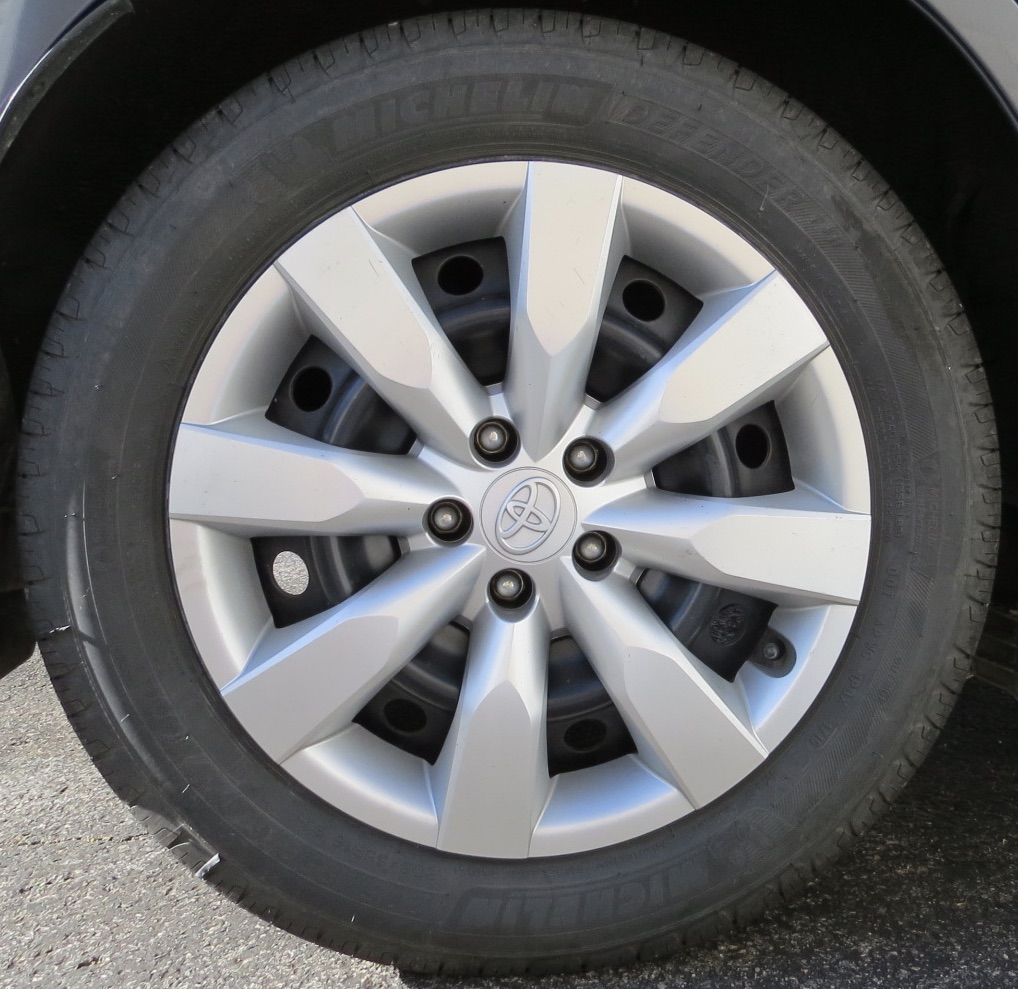
I worked in the tire industry for 10+ years. Am I an expert? No, not at all. It is hard to keep up with the ever changing tire industry. I do feel I have plenty of experience to write about tires and perhaps provide readers of my blog a bit more information on tires. Believe me, they are more than ‘black and round’.
What products go into the manufacturing of tires?
Natural rubber - comes from the inner bark of the rubber tree. Synthetic rubber - most common are by-products of crude oil. Some companies are now using plant based oils like sunflower, orange and canola to reduce their carbon footprint. Carbon Black - produced by controlling the burning of crude oil feed stock. When mixed with rubber it increases the hardness and improves resistance to abrasion. Silica - the major constituent in sand. Other products being used are dandelions, wood pulp, walnut shells and cornstarch. I kid you not. Tire cored materials include; steel, rayon, nylon, polyester and fibreglass.
Fun fact: The sidewall of a standard radial passenger tire flexes 30,000,000 in its lifespan.
Explanation of the tire size:
P195/65R15
P - Passenger car tire
195 - Section width in millimetres
65 - Aspect Ratio (65% of the width) - distance between rim and tread/face of tire
R - Radial construction
15 - Rim diameter in inches
You may also notice numbers and a letter after the size, for instance; 95S.
95 - Load Index - an assigned number that corresponds to the load-carrying capacity of a tire. (95 = 1521 lbs or 690 kgs)
S - Speed Rating - indicates the speed category (range of speeds) at which the tire can carry a load under specified conditions. (S = 180 kms)
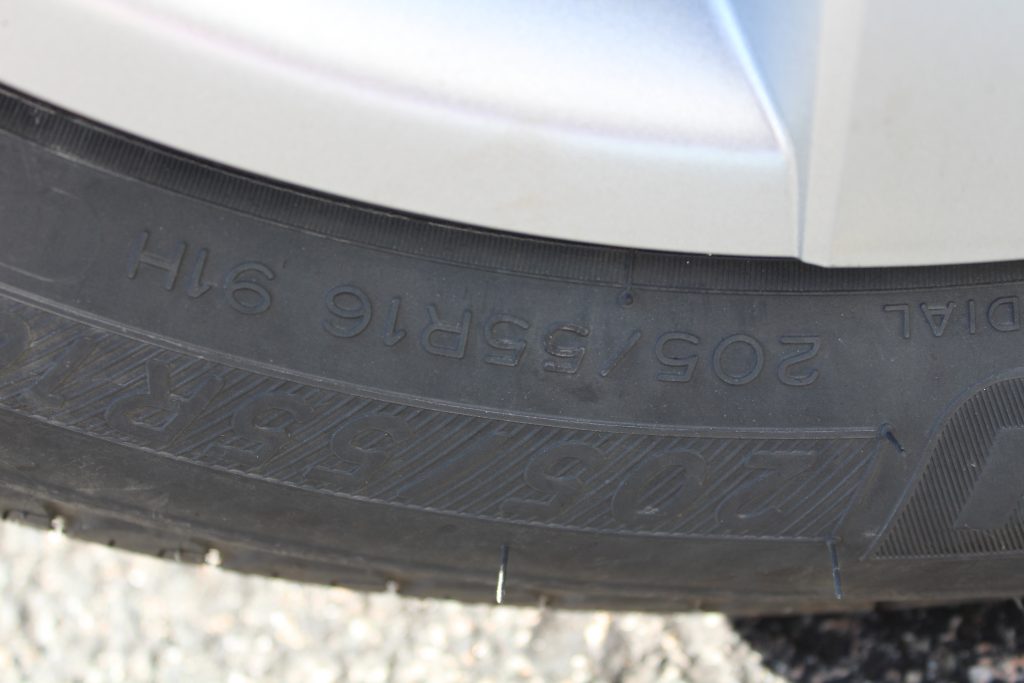
If there is an LT in front of the first three digits of the tire it indicates Light Truck which is a 6 ply or higher tire. P tires are 4ply. Remember, you can always go up from a P tire to an LT tire, but if you vehicle calls for an LT you cannot use a P tire.
There is lots of information on your tire sidewall besides the size of your tire. The following information can be found on the sidewall:
DOT #: Twelve digit number which contains information such as: manufacturer and plant code, tire size, brand and other characteristics of the tire. The most important numbers in the DOT are the last 4 digits. They indicate the week and year the tire was made. If your tire says 3315 it means it was made in the 33rd week of 2015. Never buy a tire made over 7 years ago. It is actually not legal to be sold a tire that old. (DOT also means it has met safety standards and is approved for highway use.)
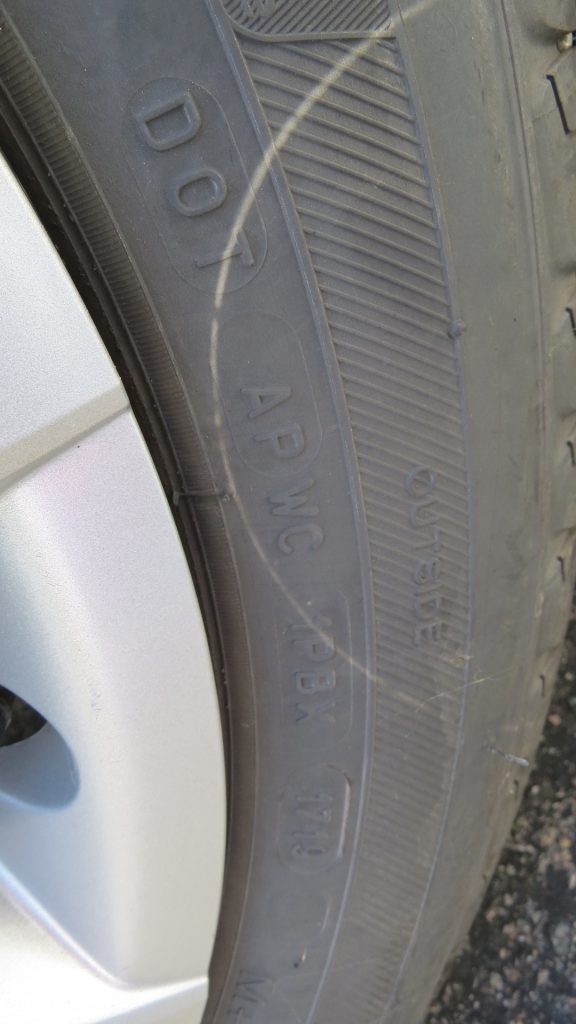
UTQG Labelling (Uniform Tire Quality Grade): provides buyers with information on three categories - treadwear, traction and temperature.
Treadwear - This is used to compare one tire to the next. A tire with a treadwear of 400 should wear twice as long as a tire with a treadwear of 200. The treadwear ranges from 60, although I’ve never seen one that low, to 800, in 20 point increments.
Traction: A locked tire’s braking ability in a straight line on a wet road surface. Grades range from AA, A, B, C, with AA being the best.
Temperature: Represents a properly maintained tire’s ability to dissipate heat under controlled indoor test conditions. Range from A to C, with A being the best.
Please be advised that all these ratings are under ideal conditions. For instance treadwear is influenced by road conditions, driving habits, wheel alignment, weather, proper inflation, tire rotation and type of vehicle.
Other information on the sidewall is maximum load and maximum inflation, snowflake which indicates the tire is designed for severe snow conditions, and the brand and type of tire (ex. Michelin Defender).
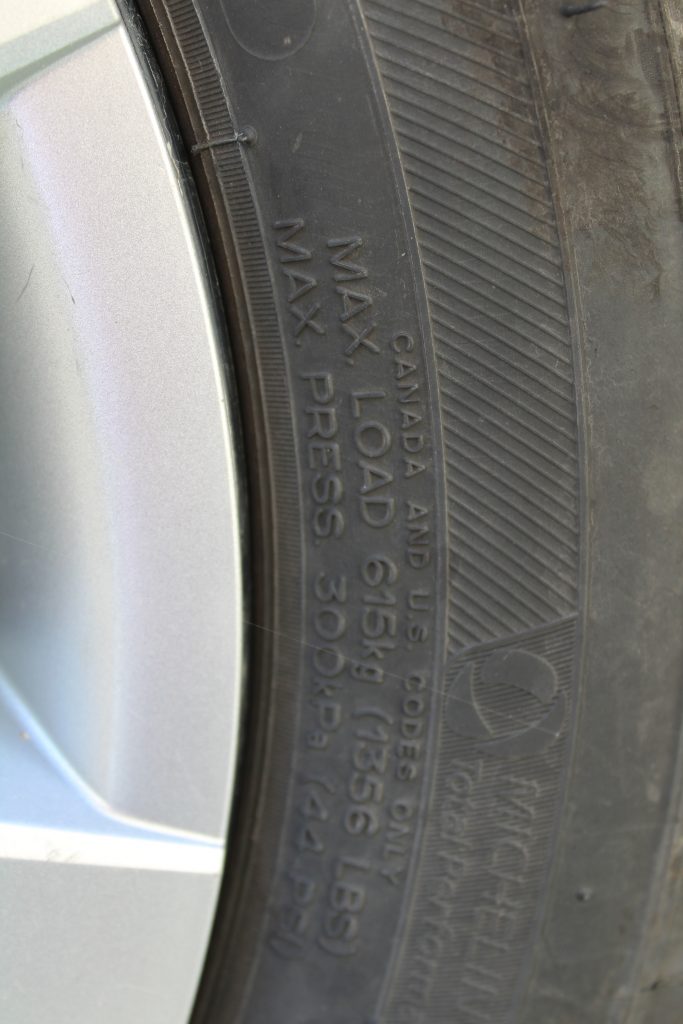
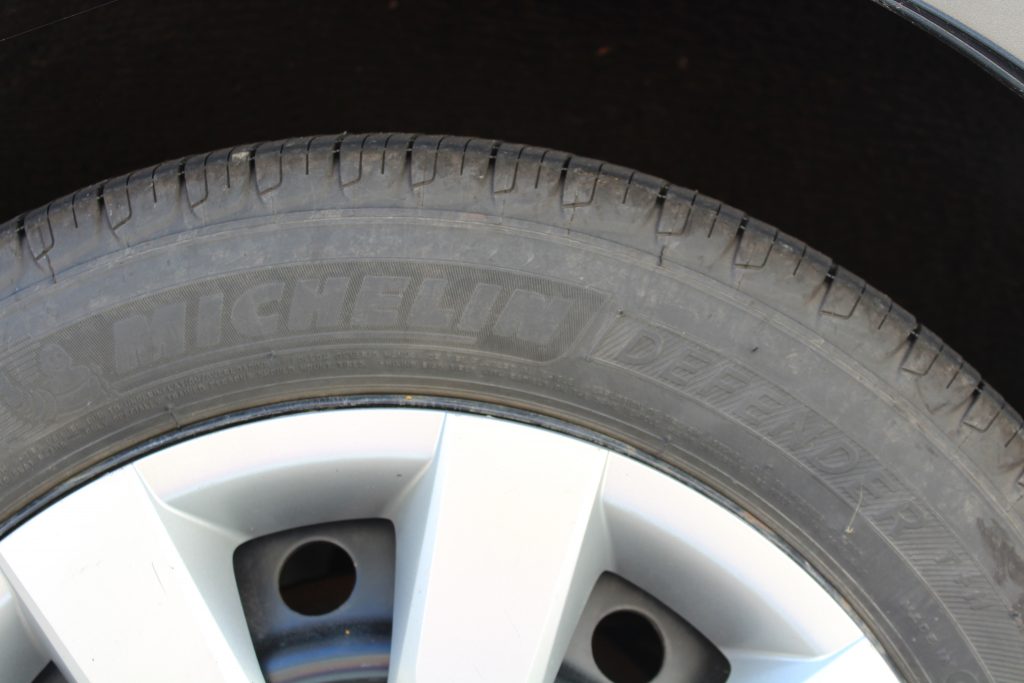
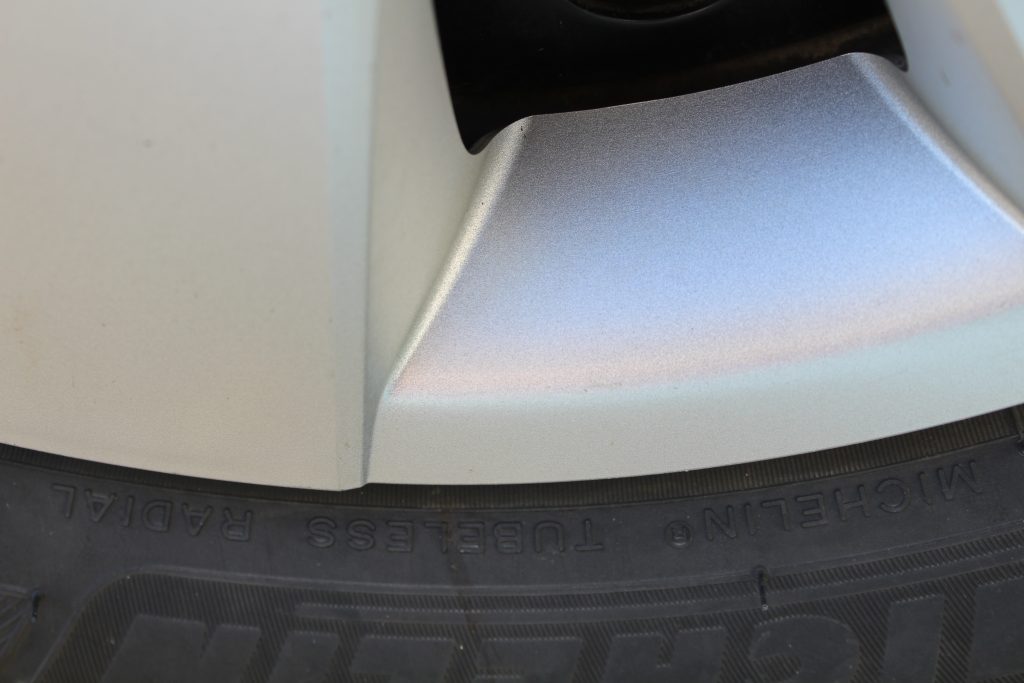
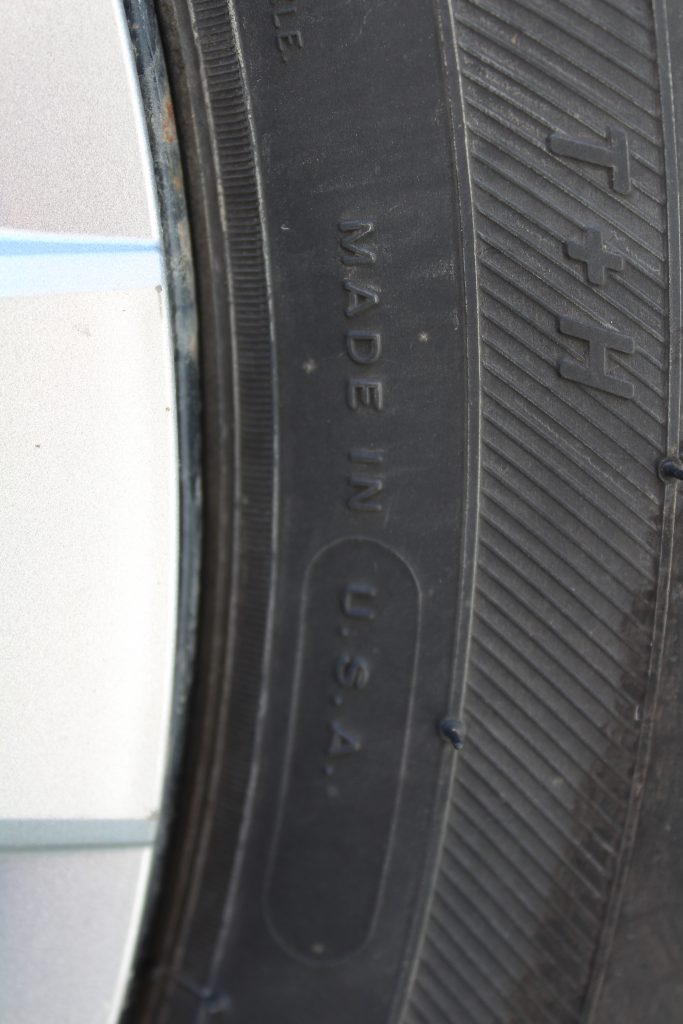
Alternate Tire Sizing: Sometimes tire sizes are changed because one size is more accessible, perhaps cheaper, or maybe available in a wider choice of brands, or perhaps your 15” rims and winter tires from your previous vehicle fit your new vehicle. If the change in overall diameter is greater than 3%, it is not permissible, as it can change the handling of the vehicle, the speedometer, traction gearing or stability control.
Example:
P205/55R16 Overall diameter is 24.87
P195/65R15 Overall diameter is 24.98
% Change: ((24.98-24.87)/24.87) x 100 = .44% which is well below the 3% allowed.
(I use the above size tires. The 16” rims I use during spring, summer and fall and 15” rims during winter.)
Equation to figure out overall diameter of your tire using 205/55R16 size:
= ((205*55)/1270) + 16
= (11275/1270 )+16
= 8.87 +16
= 24.87
*1270 is a constant when determining overall diameter.
Tire Mixing:
All tires should be of the same size, tire type (all season, winter or all terrain), speed rating, load capacity and construction (radial or non-radial).
All tires should be the same size on all 4 wheels. The only time they may not be is if your car was designed with different sizes on the front than the back.
If possible replace all four tires at the same time. Mixing worn tires with new tires will cause the new tires to wear prematurely. However if only two tires are being installed the new tires MUST go on the rear axle. Deeper tread on the rear will help avoid oversteer and a loss of stability on wet surfaces.
Although replacing only one tire is never recommended, if this is necessary, then the new tire should be matched to the deepest tread tire of the remaining three and placed on the rear axle.
Where should you buy your tires?
There are so many options available now; some good, some not so good. I’ll try to explain my thoughts. There are online options like The Tire Man, Kijiji, amongst others. From what I’ve heard, The Tire Man has great prices, and selection of quality tires, and is certainly a good place to begin pricing. I’d steer clear of Kijiji just from what I’ve seen. If the deal is too good to be true, it likely has a fault. If you view the tires ahead of time to see what they look like, they may appear fine, but I’ve seen holes in sidewalls from tires purchased on Kijiji, which are not repairable, so you will be out of money and tires if this happens. Also, beads can be damaged and may not appear so until they are installed on the rim and inflated. My advice is to be very careful buying off Kijiji or any other similar online buy/sell outlet.
Always check with your car dealership when it comes to pricing tires. They have access to all brands and they have huge buying power, as prices are negotiated for all dealerships across Canada. So Ford Canada, or Toyota Canada negotiate for all their dealerships. Don’t assume dealerships are going to be more expensive. Many times they are cheaper than tire dealers and often price match. I’d suggest to absolutely price check with your dealership.
Tire dealers are, of course, a good place to shop for tires because they should be the experts on all things tires. If the dealer is a chain, their buying power will be better than a stand alone tire shop, so prices should be better as well.
Costco often has very good pricing and can access many brands. However, usually when you go to Costco you also end up spending way more money than you expected, because you end up in the store while your tires are being installed and you just can’t help yourself. If you live close to a Costco, I’d definitely suggest checking their prices. And even if you don’t, it might be worthwhile making the trip, if you can arrange it around other errands as well. But if you are making a 3 hour drive to just have tires installed, you likely won’t save yourself much, if any, money. Factor in the fuel, meals, spontaneous buying and you’ll have spent more than buying locally.
If you buy your tires elsewhere, and take them to your local installer, be advised they will likely charge you higher than usual install prices because you didn’t purchase from them. You may want to call around, to various installers, to find out where the best price is for install.
Perks such as free install or free rotations with the purchase of tires amounts to about $5/tire, so be aware you aren’t saving a whole lot of money.
Where should you go to have your tires installed?
Preferably you should have them installed where you buy them. I have heard of places not providing the warranty on your tires if you don’t have them installed where they are purchased, so make sure you ask about that.
Tire dealers, car dealerships and automotive service centres are all great places to have tires installed. Your best friend in your back yard, maybe, maybe not. Remember the only thing between you and the road is your tires. You want your tires to be as safe as possible. It’s not rocket science but there is a knack to it and it should be done by reputable installers. If something happens, due to improper installation, you want to be able to have a recourse of action which your buddy isn’t going to be able to provide. The same holds for the guy with a tire changer in his yard. Does he have insurance and is he properly trained to install tires? Just a thought.
Always get a receipt when you have anything done involving your tires; rotation, install, flat repair, etc. You want a paper trail, so you have something to fall back on if anything should happen. Yes, the offer of “$60 cash, no tax, no receipt” might sound good to you, but seriously get a receipt. I kid you not.
Wheel Alignment and Rotation
Both wheel alignments and rotations are important for the life of you tires. Wheel alignments should be done if you have hit a pothole, or curb, or anything that might affect the alignment. When having your tires changed, ask if they are wearing evenly, as that is a guide if you car is out of alignment. Also, installing of some parts affects alignment, so be sure to ask if the parts you are installing might affect that. Rotations should be done every 5,000 kms. This will keep the tires wearing evenly. Both alignments and rotations must be done and you should keep record of them for warranty purposes.
Fun Fact: If your tire salesman is talking about the ‘thread’ of the tire, you may want to go elsewhere or perhaps suggest they seek a job at a fabric shop.
Retorque
Anytime you have your wheels removed for tire installation, brake work, or having any parts installed on your vehicle, always remember to have the wheels retorqued after 80-100 kms. This is of utmost importance if you have alloy rims, but even if you have steel you should have them retorqued. I had steel rims, on a Corolla, that backed off a couple of times, so I can’t stress enough how important this is. Many people think this is not important, but considering it takes about 2 minutes to have this done, and there is no charge at most places, then for the very small inconvenience of stopping to have it checked makes all the sense in the world. I’ve seen many instances of nuts backing off and wheels being loose. Apparently it is a very sick feeling to lose a wheel, manage to get your car to the side of the road and then watch as your wheel goes past you. Not only is it a danger to you and your vehicle, but what about other vehicles traveling on the roadways, and a loose wheel is rolling down the road. It’s not worth the risk. RETORQUE!
Plug or Patch
The safest way to repair a hole in a tire, if it is repairable, is to patch it. Putting a plug in a tire was the old way of doing repairs, and it was the quickest way as well, but it is not safe. The reason you want to patch a tire is because when the tire is removed from the rim, the installers can inspect the tire to see if what caused the hole is 1) still in the tire or 2) has caused further damage to the tire on the inside. If you plug the tire, you have no idea if the cause of the hole has penetrated, and is inside the tire, which could cause a blowout later on. I was travelling in Massachusetts one time and had a very low tire. I stopped at the first garage I came to, to have it assessed. They were very nice, BUT they just pulled out a nail and plugged the tire. I asked them to remove the tire and see that nothing was inside, but they told me they didn’t do that as they just use plugs. They were not concerned that a piece of the nail could still be inside. It was a very uneasy drive back to Cape Breton, where I had the plug removed and a patch put on. Luckily there was nothing in the tire, but I had no idea until the tire was removed.
Nitrogen:
Several years ago this was going to be the next big idea being introduced to make your tire last longer. Nitrogen was going to keep your tire cooler. It was going to keep it inflated more consistently, so there was no decrease or increase in tire pressure with changing temperatures. Salespeople were visiting all places that installed tires, trying to get them to purchase machines costing thousands of dollars that would be used to inflate tires with nitrogen. The past few years there has been very little push to have nitrogen available. I don’t feel there was ever any concrete evidence that nitrogen increased the longevity in tires, or provided better fuel efficiency, as initially thought. Air is 78-80% nitrogen, however for a tire be considered nitrogen filled it has to be 93% nitrogen. Be aware that there is an extra charge for getting nitrogen. Also, although some places say they are putting nitrogen in your tires, they are sometimes just changing the black caps on the stem, to green, and doing nothing else to your tire, but charging you $5/tire. I kid you not.
Road Hazard
Road hazard makes sense and most places that sell tires automatically sell road hazard. However, do not purchase road hazard if you do not live near the location you are purchasing your tire(s) from. If you live in Cape Breton and purchase your tires in Moncton, it probably doesn’t make much sense to purchase road hazard. Road hazard is specific to the place you purchase your tires. You can’t use your road hazard at any other location. Road hazard covers your damaged tire for such things as potholes, curbs, and things penetrating the tire such as knives, (I kid you not), nails, screws, etc. If the tire can be repaired, it must be repaired, but if it is deemed unrepairable, then a new tire is purchased at a prorated price, depending on how much is worn on the tire being replaced. I have seen quite a range in prices for road hazard from $5-20/tire. It is more commonly somewhere between $8-15.
Be aware that most places will not sell road hazard if you live away, but some will still try to, so be wary.
All Season/Winter Tires
Tires that are labeled “All Season” or “All Weather” are not designed for severe winter conditions like we see here in the Maritimes. They are for moderate winter climates that see little to no snow and moderate temperatures rarely falling below 7C. Do I use winter tires? Absolutely and I will probably never drive in the winter again without them. However, I had a newspaper route for many years, and never used winter tires. Was that smart? No.
Tires deemed all season are harder than snow rated tires. Once the temperature drops below 7C, all season tires will not respond to conditions as well as a winter tire. Winter tires are softer and respond better in colder temperatures, that is why it is best to remove winter tires before the temperatures get too warm in the spring. If not, they will wear faster. I highly recommend winter tires. There are some tires out now that are ‘all weather’ tires that have the snowflake on the sidewall (indicating they are a snow rated tire) but I really don’t feel confident that there is a tire made that works best in the extreme weather we can experience through all seasons.
Winter tires must be installed on all four wheels. If you have a rear wheel drive vehicle you can install only two winter tires, but they must be installed on the rear of the vehicle.
Studs
I have been asked repeatedly if I recommend studs. No, I do not recommend studs. Studs were designed when the majority of the roads were dirt, which would build up with ice during the winter. Although there are still a few dirt roads, the majority of driving takes place on paved roads where there is not as much of a chance of ice buildup. With that being said, we did have a couple of instances a few years ago, in which there were flash freezes and we did have ice covered roads, but as a rule that doesn’t often happen.
Here is my take on studs; basically you are driving on ball bearings. If the paved roads are damp from rain or melting snow and you suddenly have to jam on your brakes, what happens? You go skidding down the road. Also, studs do not help in heavy snow. Studs are basically only good for the first year and then you just have a decent snow tire. However, if you have a driveway with a steep hill, that gets ice covered, or if you live on a dirt road and must travel daily, then yes, you may want to consider studs. As well, if you have always driven with studs, and it brings you peace of mind, by all means continue to drive on studs. But if you’ve never had them and are considering studs, I’d not recommend purchasing.
Studs can only be put in brand new tires. Tires that have been driven on cannot be studded. (Well theoretically they can be studded, but they should not be studded). Used tires can have dirt in the stud holes, and when the stud is inserted the dirt can be blown deeper into the tire or even through the tire.
Winter Tire Install:
Since we are on the topic of winter tires, this is a reminder. Do not wait until the first snowfall to have your tires installed. If you are reading this, and living anywhere in Atlantic Canada, be aware that no matter what you hope for, we will have winter. We will have snow. It will come at some point. Once the temperature is consistently below 7C, get your winter tires installed. I recommend around Remembrance Day (November 11) as a good estimate to make an appointment to have them installed. Do yourself, and the tire installation business’s, a favour and have it done early. If you wait for the first snowfall, you will likely have to wait at least a week, or more, before you can have them installed.
Tires on New Vehicle Purchase:
Tires that are on new vehicles are not designed for longevity. If you get 12,000-15,000kms on these tires, consider that very good. Tires on new vehicles are soft and designed to make the test drive a nice, quiet, comfortable ride. The last Corolla I bought had Goodyear tires on it. When I test drove the car I really didn’t like how the tires handled or sounded. I purchased the car but upgraded to Michelin tires. Sometimes you can work out arrangements with the vehicle dealerships regarding upgrading to a tire you are comfortable with, if you don’t like the tires that come on the car.
Also, be aware of the size of the tires on the new vehicle you might purchase. They may look nice and the alloy rims might be ‘pretty’, but when you have to replace those nice looking tires, or rims, they may be costly. Some SUV’s are now coming with 22” tires/rims on them, which are very very expensive. Just a reminder to take into consideration the size of the rims and tires and replacement costs.
Miscellaneous
Husbands and Dad’s, please please please when pricing tires for your wife and kids, do not say ‘it’s just for the wife’s car, or for the kid’s car, so give me the cheapest tires you have’. Oh my gosh, this is something I’ve heard hundreds of times. Seriously! Your wife should be the love of your life, and your kids are your pride and joy, and you want the cheapest tires for them. I would cringe every time I heard this and yet these same people would want the most expensive tires for their own vehicle.
If you are getting a deal on brand name tires at a price too good to be true, chances are it is. When tires companies decide to stop making a particular tire, they will liquidate them. If a business buys in large amounts, they can purchase at a very good price. Sometimes the business will have a sale on these tires and other times they chose to sell them at the normal price. However, if the price is VERY good, ask why. Chances are if you purchase and then something happens to your tire in the following few months, you may not be able to purchase the same model, so be aware of this prior to purchasing the tires. If you can’t buy a matching tire you are then forced to either buy two tires or have an unmatched tire on your car (not recommended). Just inquire as to why the tires are so cheap. You may or may not get an honest answer though. However, sometimes the new tires replacing that model are a very close substitute. Other times there is no replacement.
Be aware of brand name tires being sold as ‘off brands’. Bridgestone has, or had, a Fuzion tire which was pegged as an ‘off brand’ of Bridgestone. It is an off brand for a reason. It doesn’t meet the quality of Bridgestone. They will be economically priced and have no mileage warranty, which might be all you want and that is fine. There is nothing wrong with these tires, but they just don’t meet the quality of the parent company.
What brand/model tires do I use?
For the last 15+ years I have driven predominantly on Michelin tires for my all seasons. The best Michelin tires I ever had were Michelin Hyrdoedge, which sadly are no longer made. They were so good in rain. However, I now drive on Michelin Defender and I find they handle just as good in the rain as the Hydroedge. (I did try Bridgestone Serenity Plus but I didn’t find they handled, or lasted as long as any Michelin tire I had used prior.) Most models of Michelin have a very good mileage warranty, although with our road conditions, and varying weather conditions, one never gets the expected mileage. Always keep a log of your tires install and removal (for winter tires) so you can have a record of your mileage, for warranty reasons, when purchasing your next set of tires. There is a prorated gauge used when you don’t get the expected mileage. Most winter tires do not come with a mileage warranty. Michelin X-Ice is one of the few that does have a mileage warranty.
For many years I drove on Bridgestone Blizzaks, in the winter, and loved them. They got me anywhere I wanted to go and back. They were/are expensive but worth it. A few years ago I went to Ottawa to test drive the new BF Goodrich KSI tires. They had not yet been released, so I was one of the many testers who had the opportunity to try these tires before they were available. It was a wonderful experience. BF Goodrich had three courses set up at an airport, so there was lots of room to experience different snow/ice conditions. One course was somewhat circular in design, with several snow conditions from minimal snow, to heavy snow, to twists and turns, to ice conditions. A second course was a slalom; weaving in and out through poles on varying ice and snow conditions. And the third was a straight course, of strictly ice, in which you had to approach the course going 120km/hr and at a certain point you were instructed to apply the brakes. I was the last person to do this one before it was shut down due to extreme cold conditions (-24C). From my years of driving on Bridgestone Blizzaks, I have to say that the BF Goodrich KSI are equivalent and I now drive on these tires. I have had them for a couple of winters now and I love them.
I have attended several Michelin/BF Goodrich/Uniroyal and Bridgestone/Firestone seminars. They are very well done and a wonderful experience. I’m always intimidated, prior to attending, because the tire industry is still a man’s world, BUT more and more women are being hired and becoming a force in the tire industry. The seminars are still predominately attended by men, but it was nice to see more women in attendance at the last seminar, than the first few seminars I attended. I have to say the men at these seminars are very supportive of the women and there appears to be no barriers. This was proven on one such occasion for me. It was a Bridgestone Drive and Learn held in Moncton, NB. The designed course had multiple turns and challenges. I was test driving 4 Bridgestone performance tires. This was my first Drive and Learn and to say it was intimidating is an understatement. When it came time for me to drive, I was very uncomfortable. The first trip around the track is ‘somewhat’ a feeling out process, but the second time was all out driving. The instructor is in the passenger seat yelling ‘go faster, go faster, turn here, faster, come on FASTER’. So I’m driving well beyond my comfort level and we are approaching an S turn. I feel the rear end of the car starting to slide on me and I’m trying my darnedest to recover and what do you know…I did recover. When I got out of the car after I finished my lap, several guys came over to me and patted me on the back and said ‘holy s—- you can drive. Well done’. Not only was I impressed with my driving, I was very impressed with the guys. BTW, as we are driving, we are recorded from inside the vehicle. I have never watched the recording because I know I said some expletives.
Conclusion:
The information I have shared has come from learning seminars, learning on the job and experiences I have encountered. You may or may not agree with my findings and that’s fine. If you have further questions regarding tires and you think I may be able to help you, reach out and I’ll see what I can do. I no longer work in the tire industry but I still have lots of ability and knowledge that I can share. I hope you find some of this information valuable and thanks for reading.
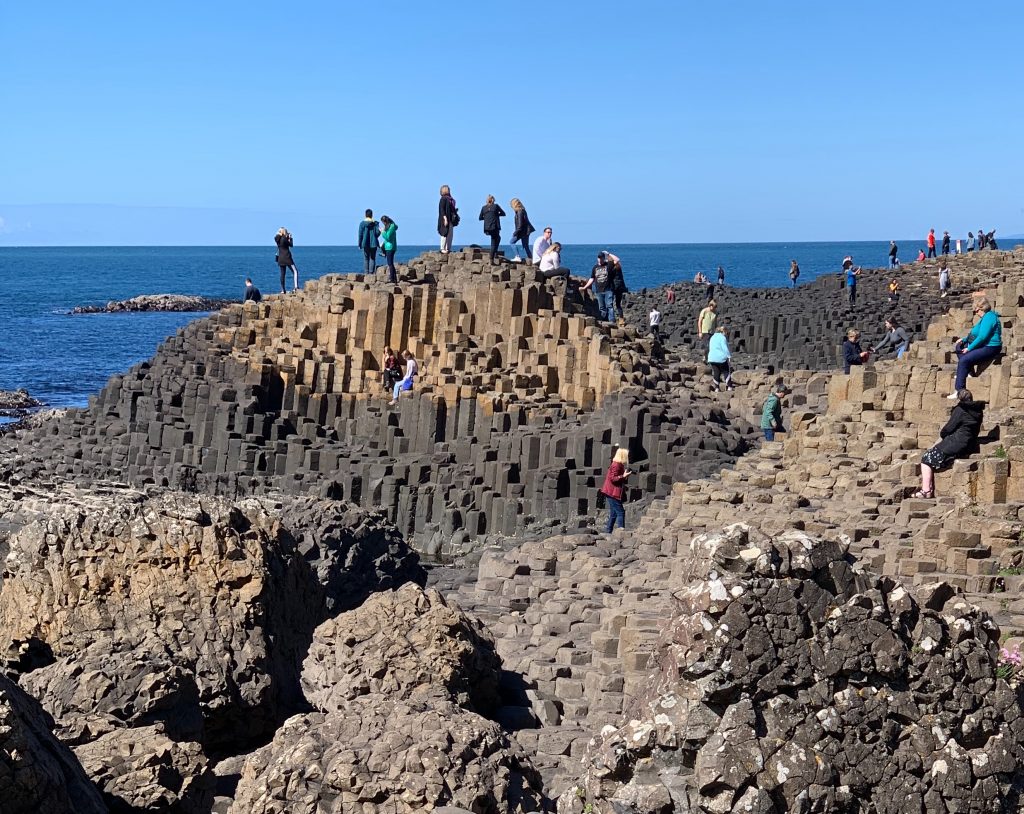
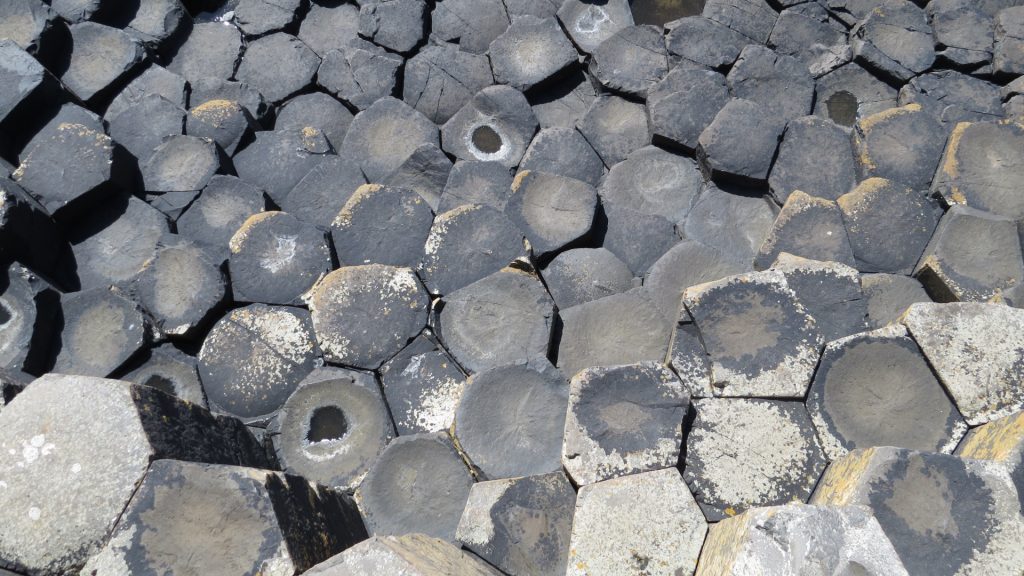


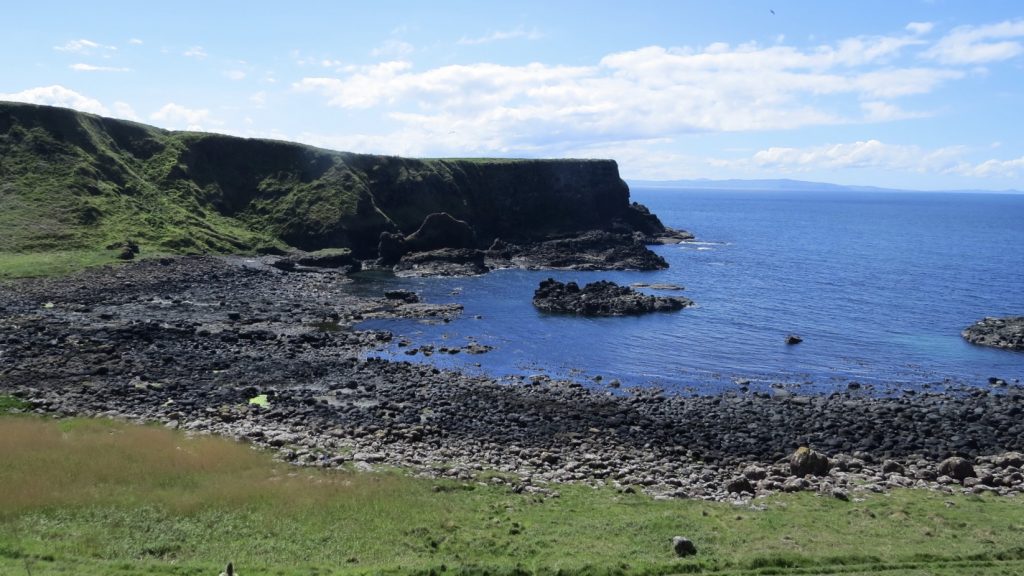
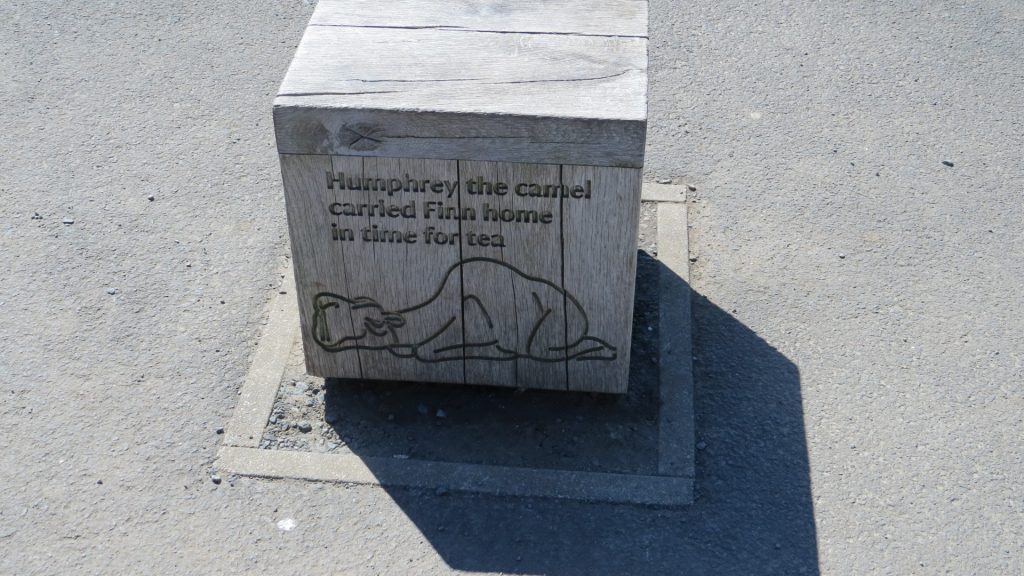
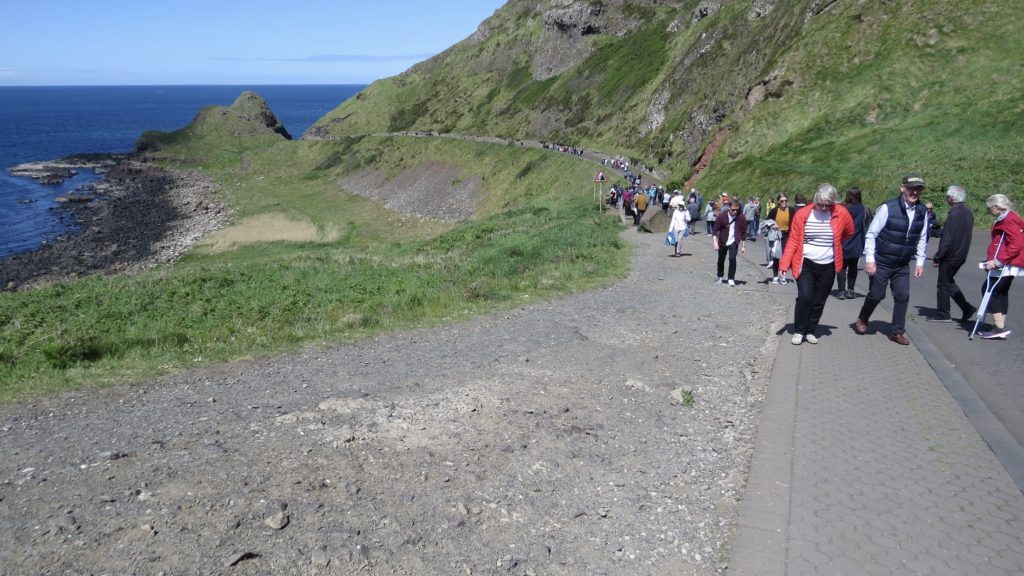



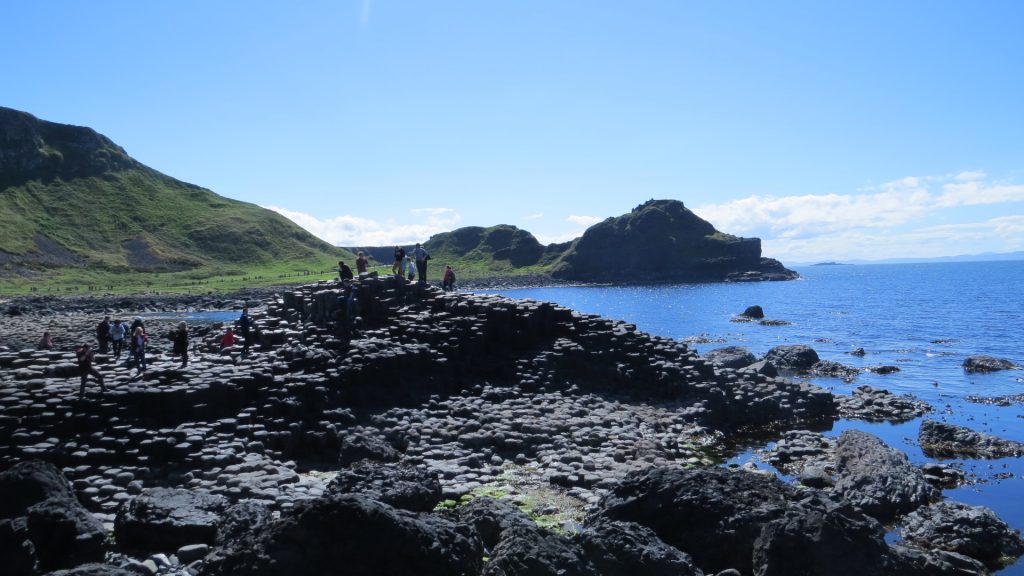

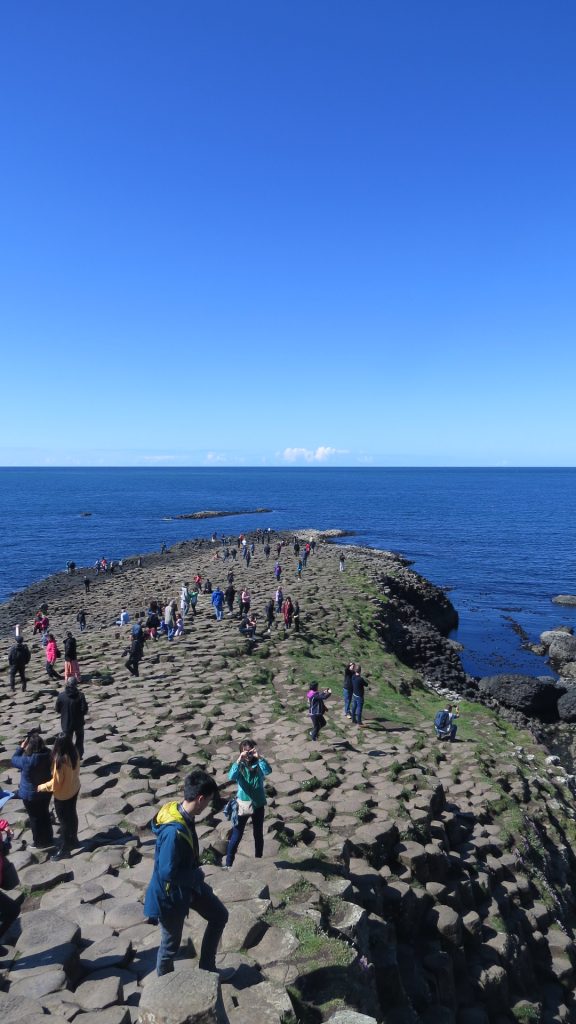
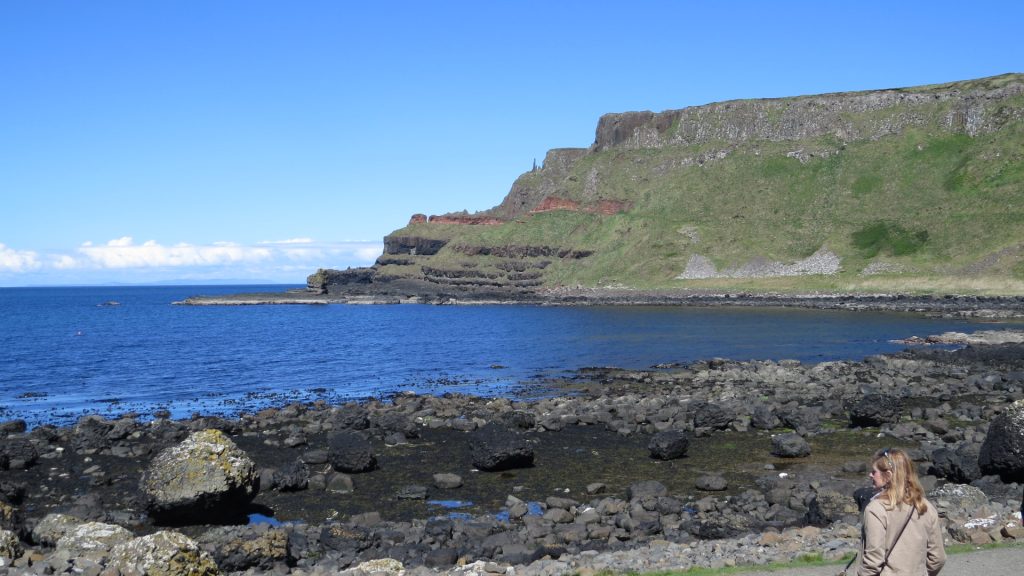

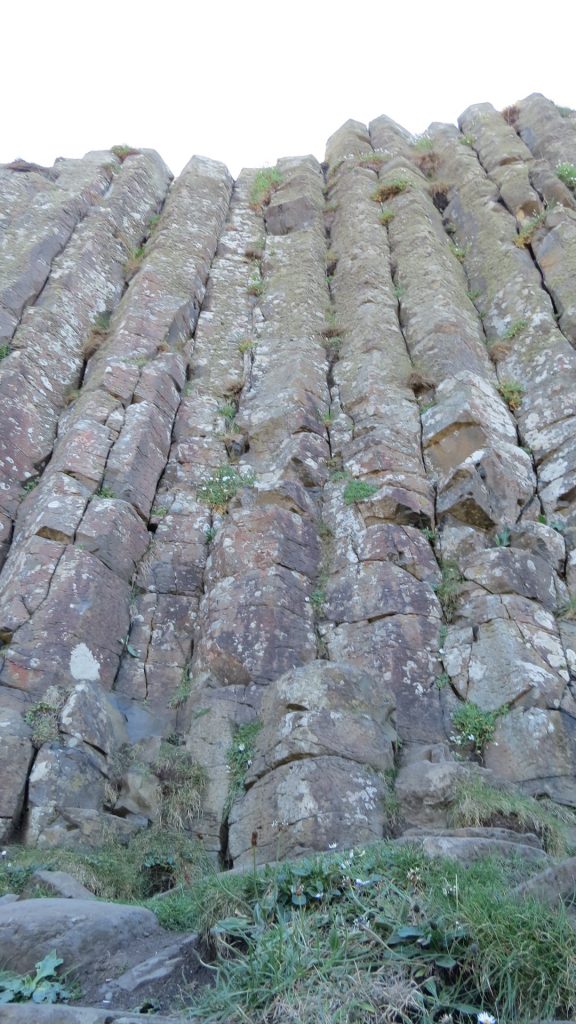
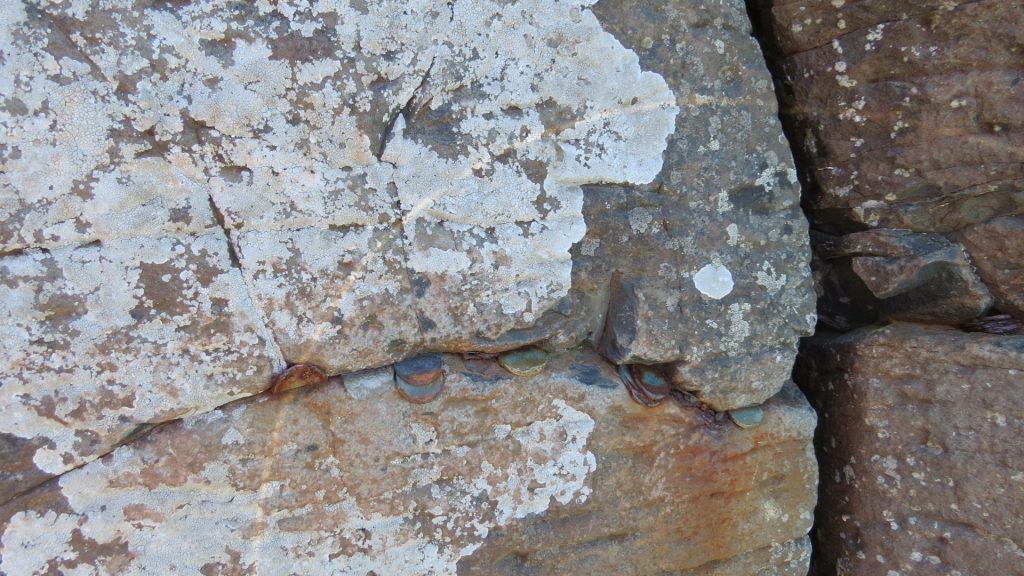


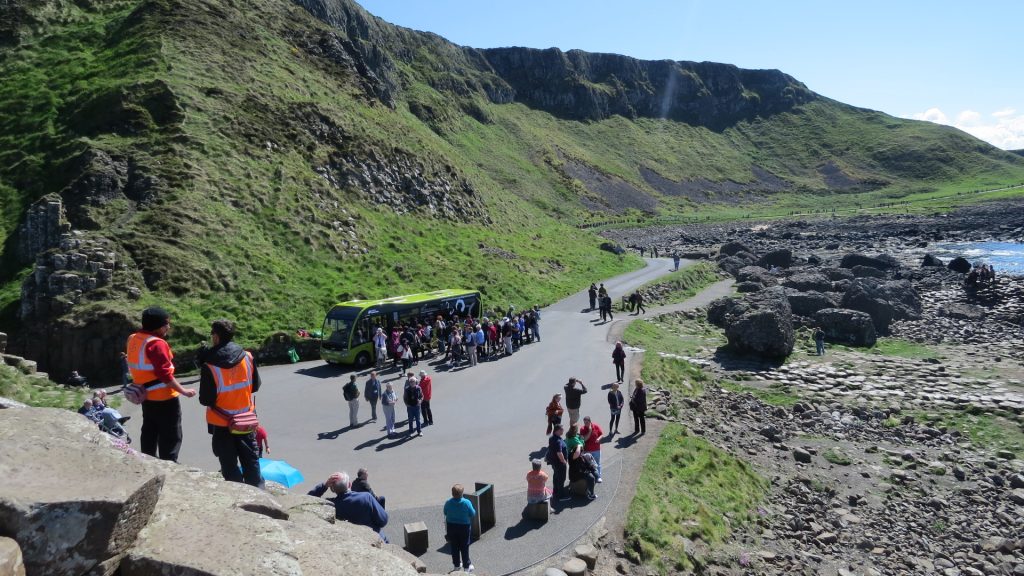
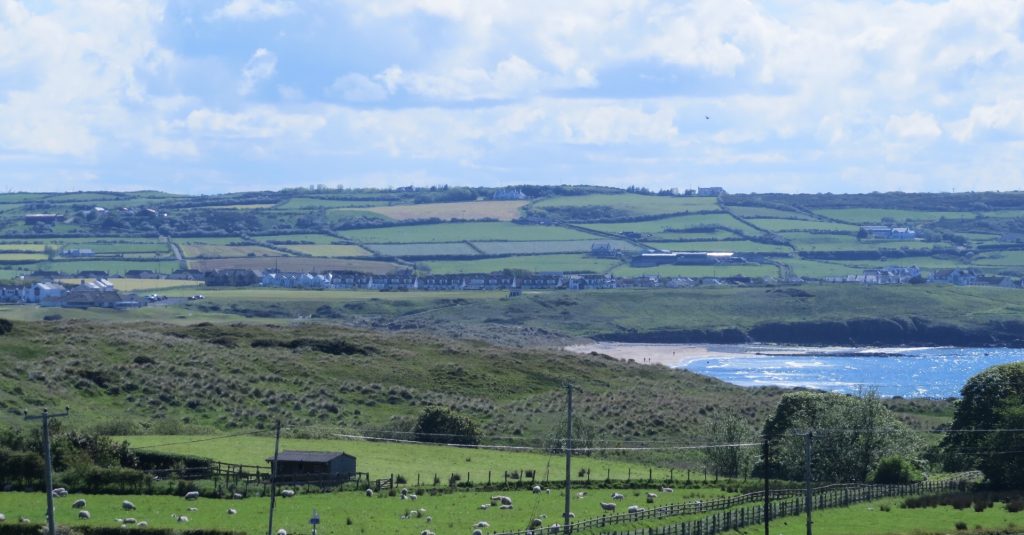
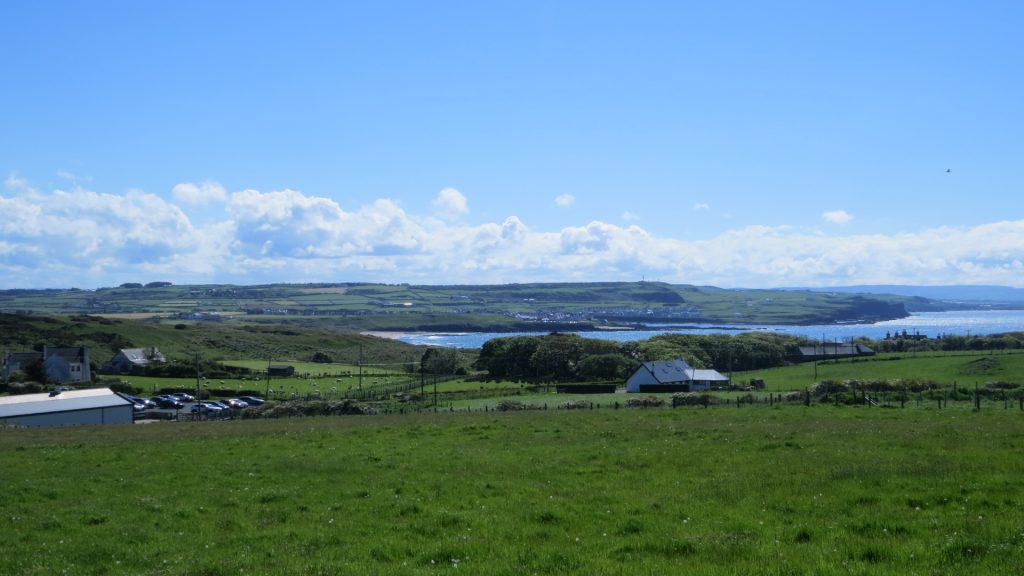

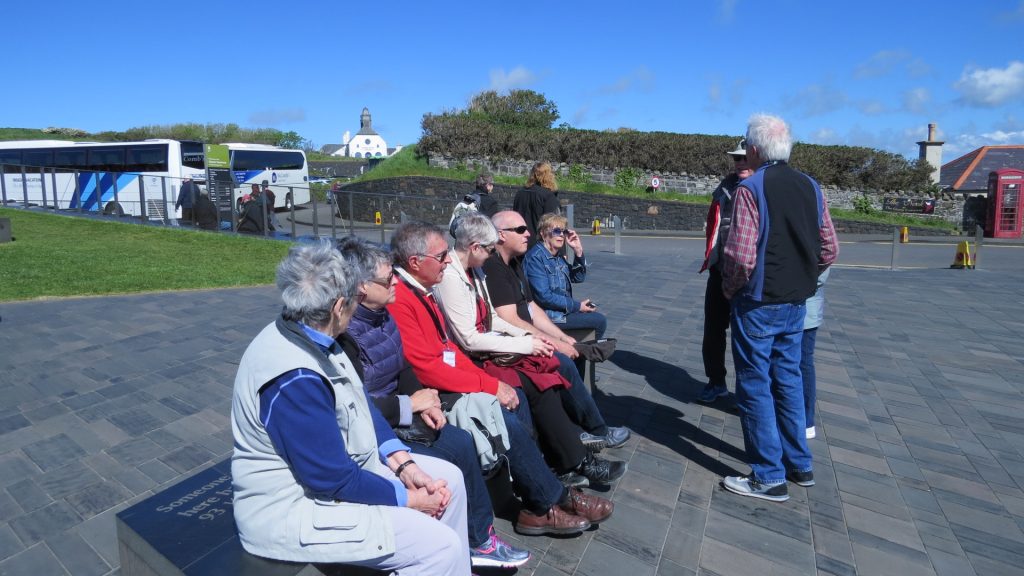
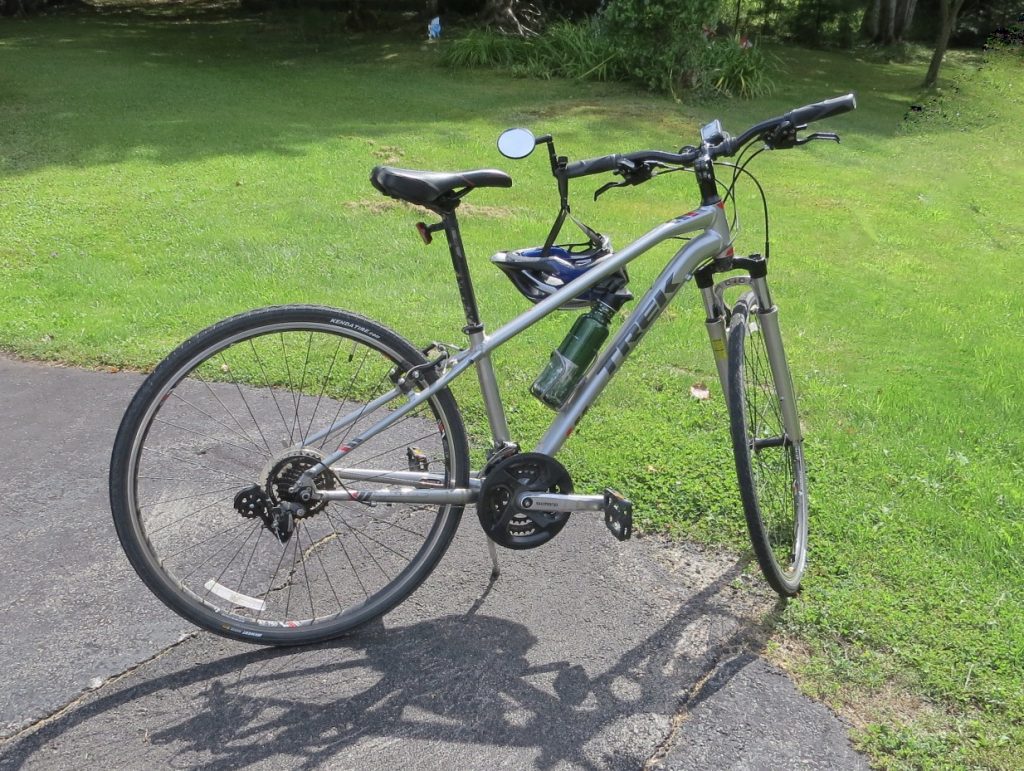
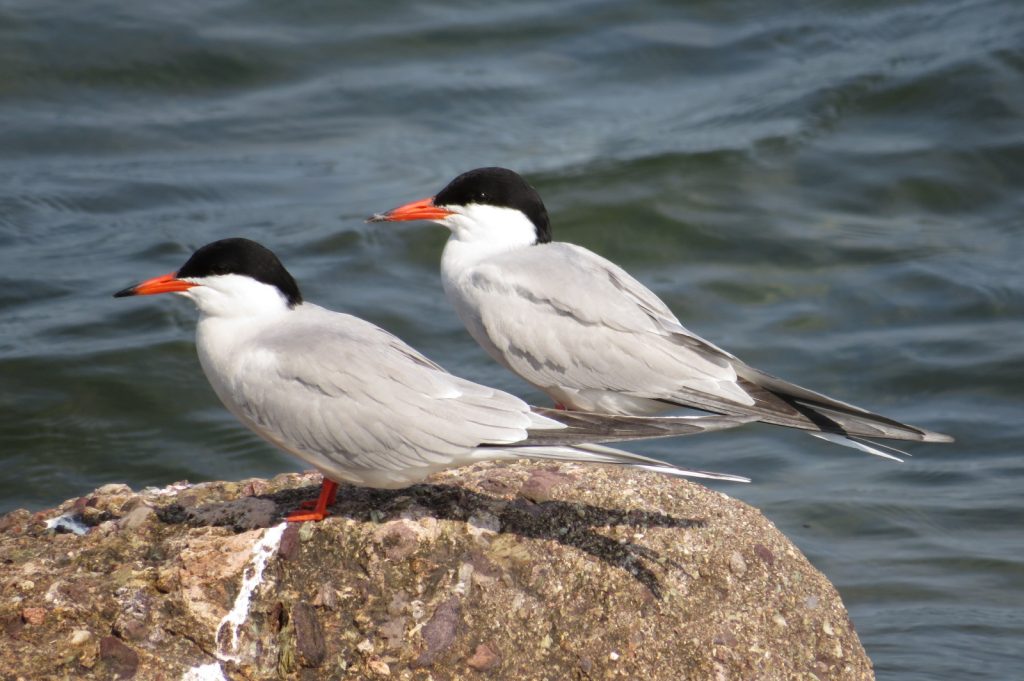
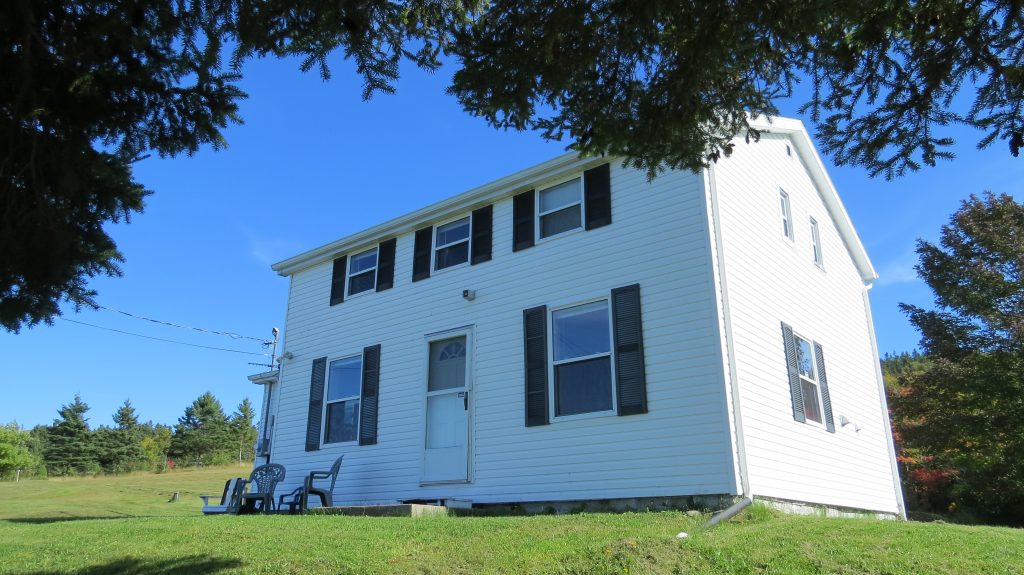
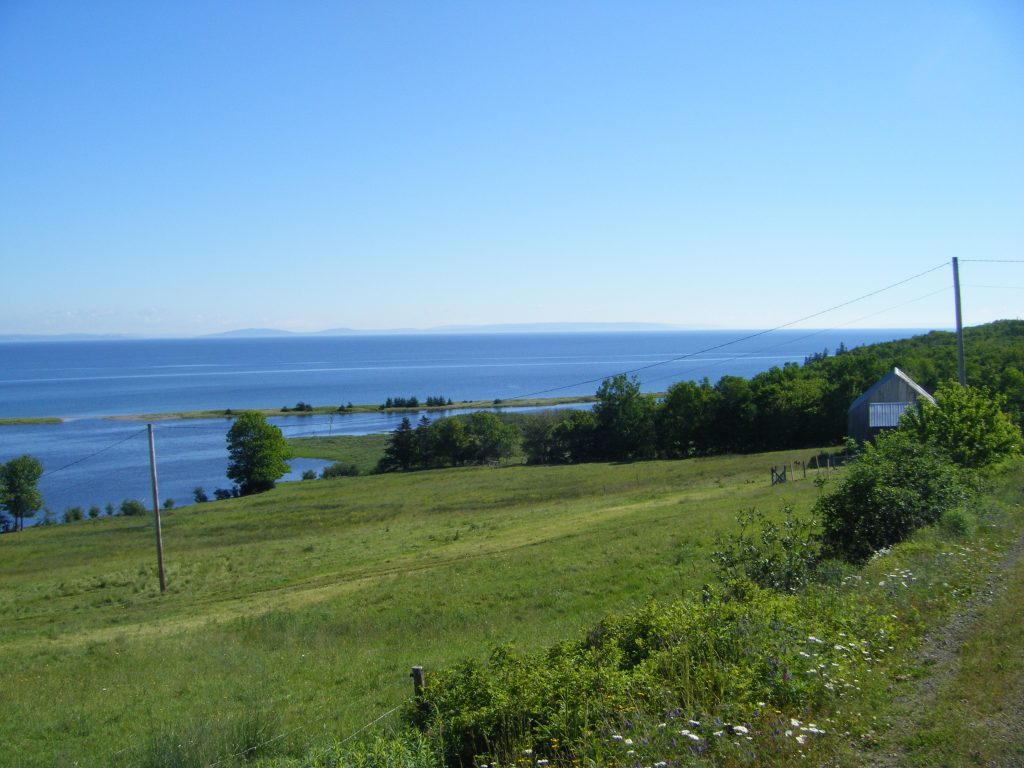
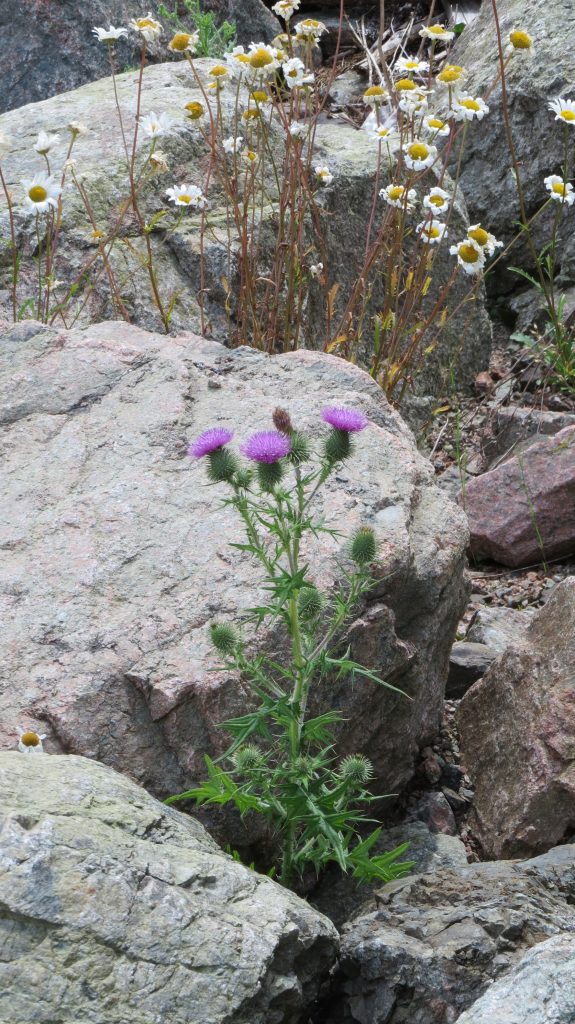





Recent Comments